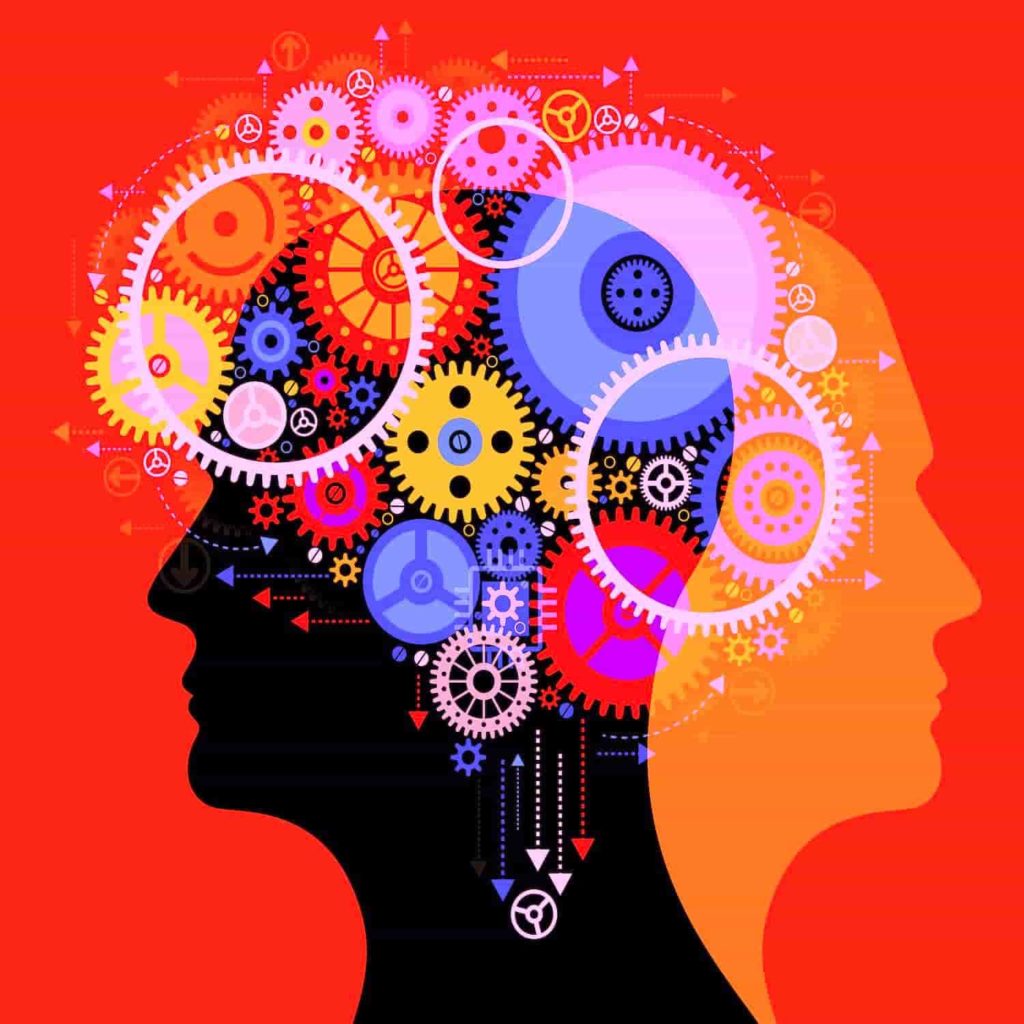
Difference and Delight with Gilbert’s Big Magic
I first became interested in creativity as a topic of research and writing in 2015, the same year that the best-selling author Elizabeth Gilbert published her treatise on creativity. That book, Big Magic: Creative Living Beyond Fear, was not the type of book that initially interested me. I was fascinated with the brain science of creativity, and this was decidedly not Gilbert’s approach to the subject.
Six years later, in the middle of the Covid-19 pandemic, my interests in creativity expanded. I decided to broaden my approach, to get more creative with creativity, if you will. At this point, Gilbert’s book entered my field of vision.
My conceptualization of creativity continues to expand, but it is still quite different from the overarching ideas that Gilbert presents in Big Magic. Despite having fundamental differences in our broader views on the topic, I love almost every word of Gilbert’s book. In the following paragraphs I explain how I can differ so profoundly in my approach and still be in awe of and admiration for Gilbert’s creative masterpiece.
The Title
The first thing that I loved about Gilbert’s book was the title: Big Magic: Creative Living Beyond Fear. The “Big Magic” part… wow! The words seem mismatched, but at the same time, they intrigue me. Many adjectives commonly combine with the noun “magic”: powerful magic, black magic, love magic… but not “big” magic. The combination of “big” and “magic” is immediately exciting.
The title fits well with my preferred definition of creativity: the ability to make new connections for a useful or productive outcome. The fusion of “Big” and “Magic” is a new, unexpected connection of words for an enchanting effect. It’s a creative title for a book about creativity.
The subtitle is more descriptive, as it should be, but it also leads to some of the disconnects between Gilbert’s approach and my own. We differ in our definition of what “creative living” means, but that is a minor discrepancy with this masterful book. There is, however, a more fundamental difference.
Defining Creativity
The most fundamental discrepancy between Gilbert’s approach to creativity in Big Magic and my own comes from our different understandings of the nature of creativity itself. Gilbert’s writing is fresh and buoyant, but her working understanding of the nature of creativity is a more traditional one.

Ancient Greek society considered the muses to be the source of all inspiration. They were minor goddesses who visited people and gave them good ideas in the sciences and the arts. Gilbert doesn’t write of imagination in religious terms, but rather secular mystical ones. For Gilbert, creativity is an external entity that visits people, like a muse, but doesn’t simply plant ideas. It forms a relationship with its host. The creative outcome depends on how well that connection or partnership works.
I also believe that creativity is magical, but in the sense of “wonderous” or “amazing.” I am in awe that the human brain is capable of such an astounding feat. I understand the magic of creativity to be metaphorical, while Gilbert understands it in a more literal, mystical sense.
My working definition of creativity is the ability to make new connections for a productive outcome. These new associations can happen in any realm, but they always happen within the human brain.

These cognitive connections require external inputs. In my understanding, these inputs, rather than negotiated with an external force, are brought into our minds through our sensory perception. These building blocks of creativity come from our education and our lived experiences. Once we have these inputs, it is our brain’s imaginative task to make the new connections.
I love that Gilbert and I both believe that creativity is about connection, even though we have different perceptions of the nature of those associations.
Creative Living
For Gilbert, creativity is a mystical relationship between an individual and an exterior entity; for me, creativity is a cognitive process of making novel connections among sensory inputs for productive or pleasing results. That is our big difference in approach, but there is another minor disagreement in emphasis.
Gilbert never states that creative living happens exclusively through artistic endeavors, however, her references and examples come almost entirely from the fine arts. One of my guiding principles is that creativity is at work in realms beyond literature, visual art, music, and dance.
Creativity is most obviously on display in the arts, but I contend that imagination is exercised in the boardroom, the classroom, the kitchen, and beyond. Creativity can be a component of almost any human endeavor. I suspect that Gilbert may agree with me, however, Big Magic is mostly about imaginative activity in the realm of the arts.
Loving the Magic
Now that I have highlighted my big differences with Gilbert’s Big Magic, I can gush about all the things that I love about the book.
First of all, Gilbert’s artful style and conversational tone make the book a delight to read. The tone is complimented by the volume’s cascading organization, which contributes to its readability.
The tome is divided into six sections, subtitled as follows: Courage, Enchantment, Permission, Persistence, Trust, and Divinity. As these section titles suggest, the book is primarily about mystical and emotional experiences with imagination.
Each one of these sections is broken up into vignettes, most between two and four pages of length. Many of the vignettes are autobiographical. After reading Big Magic, I feel like I have a much better idea about who Elizabeth Gilbert is. I am one of the few people on earth who has never read Gilbert’s best-selling memoir Eat, Pray, Love, or seen the film adaptation. Even so, I now know a little about Gilbert’s experience of finding big success, but also what happened in her creative life before and after the best seller.

Many of the stories of creative hang-ups, obstacles, and triumphs are Gilbert’s own, but others are from her friends, acquaintances, or people she knows through their writings. The book is anecdotal in the best possible sense of the word. Reading the book feels like sitting down for a coffee with an engaging friend who tells you story after story about creativity for as long as you are willing to listen.
I have my own take on creativity, but I love to learn about other creative people’s perceptions of imagination and its processes. Gilbert provides exactly that. Big Magic is an important contribution to the literature on creativity and is a veritable joy to read.